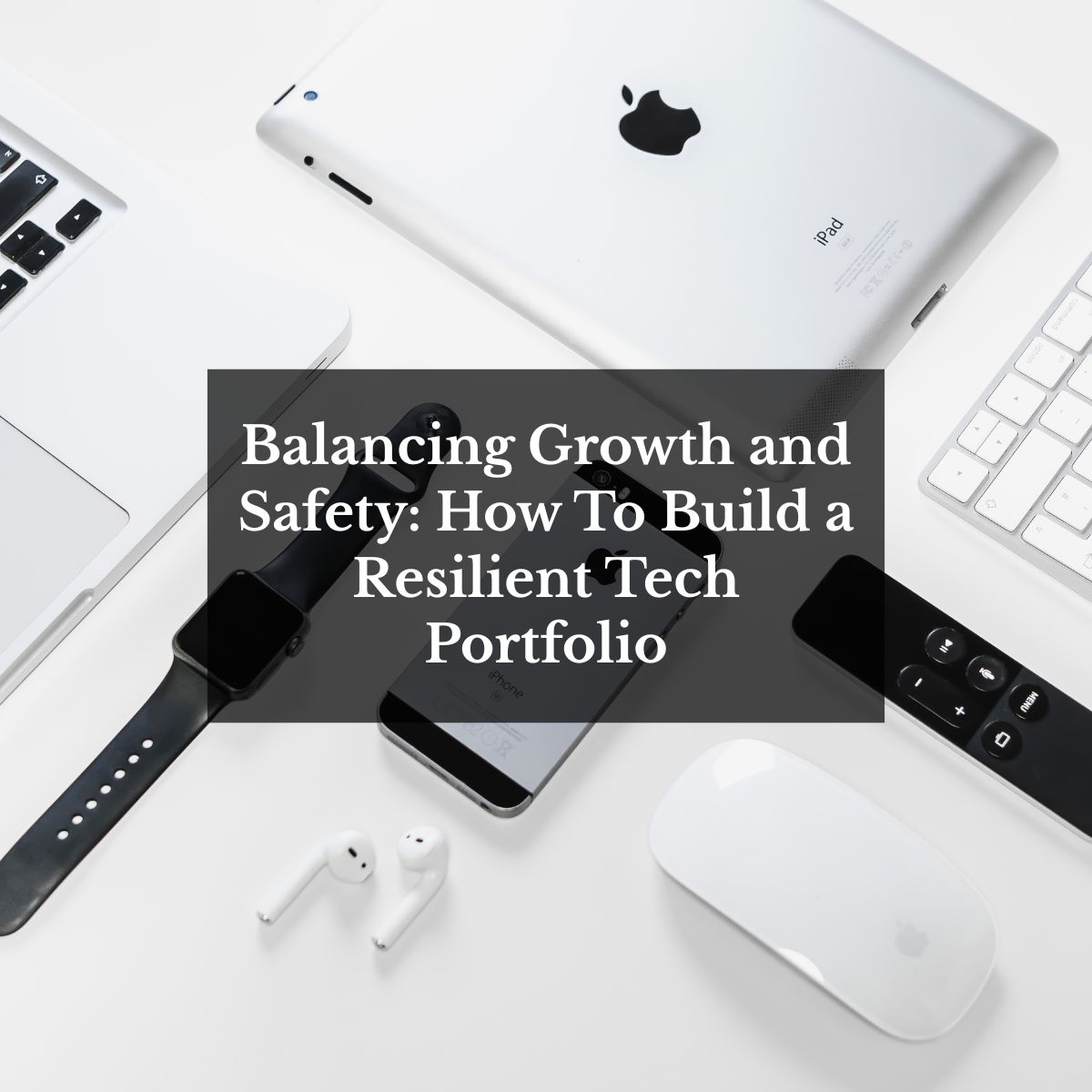One might logically think that the top Ivy League schools would have the ability to screen and hire the best money managers in the world, to manage the tens of billions of dollars they have in their endowment funds.
Recently, many of these schools reported their performance for the fiscal year ended June 30, 2009. Now everyone knows that this 12-month period encompasses the recent disastrous market collapse that ended on March 9, 2009. So I thought it was interesting that these hallowed institutions managed to keep their negative performance for this period fairly quiet in the press and media.
I also thought it would be interesting to see how R. W. Rogé & Company compared for the same period. So I ran the performance for all of our Wealth Management clients, who have globally balanced portfolios, for the same period of time (6/30/08 to 6/30/09). The results are as follows:
Total Return Performance (6/30/08 to 6/30/09)
| Institution Name | |
| Harvard University | -27.30% |
| Yale University | -24.60% |
| Darthmouth College | -23.00% |
| Stanford University | -25.90% |
| R. W. Rogé & Co | -17.30% |
Total Return Performance (6/30/08 to 6/30/09)
| Index | |
| S&P 500 | -26.20% |
| Barclays Aggrefate Bond Index | +6.10% |
While it many not seem logical for a small firm such as ours to have better performance than some of the smartest people on the planet, it just demonstrates that the business of managing money is not always about the return you get. It’s also about the amount of risk you have taken to try and achieve that return.
Understanding global economic risk helps us create a broad strategy on which we base our asset allocation models and their relative risk levels. We currently manage six risk categories, from “Market Neutral” to “Aggressive.”
Once we agree with a client on what risk category is appropriate for them, we then further customize their portfolio to their specific needs. These risk models help us to manage client portfolios within the boundaries of designated risk parameters, to ensure consistent returns for all clients within their risk category. This, along with periodic portfolio rebalancing, helps control the risk we are taking for a specific client over time.
The sad part about this story is that the university endowments are now looking to change the way they manage money going forward. I think this is an emotional decision and the timing of this decision is a mistake. Endowments should be managed according to a “Moderate” risk model and rebalanced, when necessary, to keep the portfolio in a moderate risk mode.
But a change in the strategy employed by some of the Ivy endowment funds, including those of Harvard and Yale, may be overdue. While diversified, these huge investment pools make aggressive use of “alternative” investments, such as hedge, private equity and venture capital funds, real estate and commodities. While these investment channels – which are largely unavailable to ordinary investors – have served the endowments well in the past, the market plunge of 2008 exposed their shortcomings, which include sudden illiquidity and lack of transparency along with high fees. Accordingly, at R.W. Rogé & Co., we avoid these categories to better define and control risk for our clients.
In general, though, changing one’s investment philosophy and/or asset allocation immediately after experiencing a bad year – and we all had a very bad year – is not an effective approach to successful long-term portfolio management. It’s only natural to want to make an improvement after having had a bad experience. However, it will turn out to be temporary, as all timing decisions turn out to be.
Since March 2009, the markets and their corresponding portfolio returns have improved substantially. So these endowments should have been rebalancing their portfolios during the market correction and the recent advance. That would have required university endowment managers to sell bonds as they increased in value and buy more equities as stocks declined in value. If they had done that (and limited their exposure to arcane investments), their portfolios would most likely be back to where they were last summer.
Aren’t you glad you didn’t send your personal endowment to college last year?
![]()



